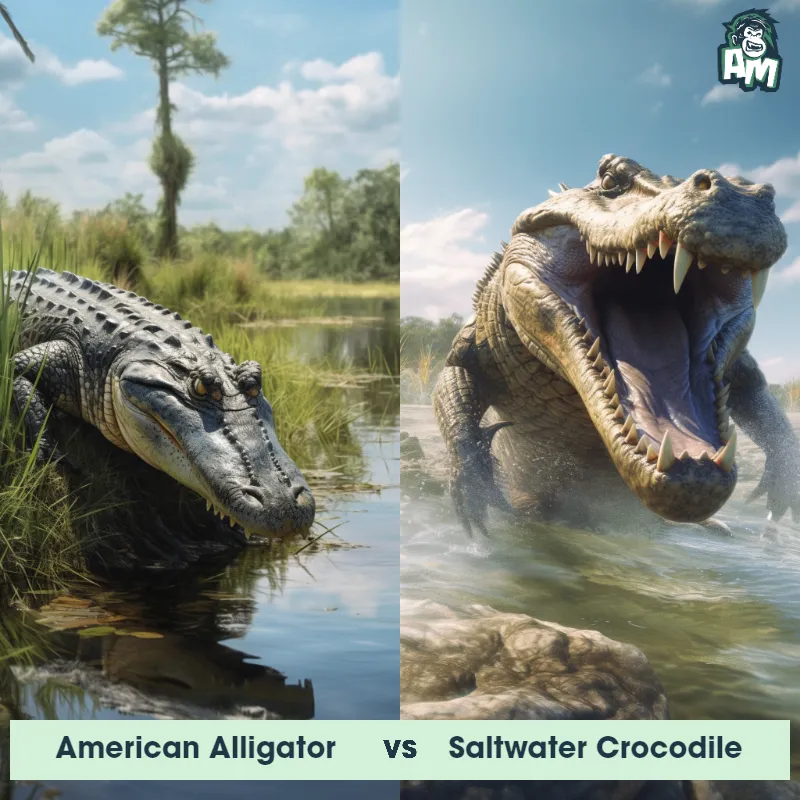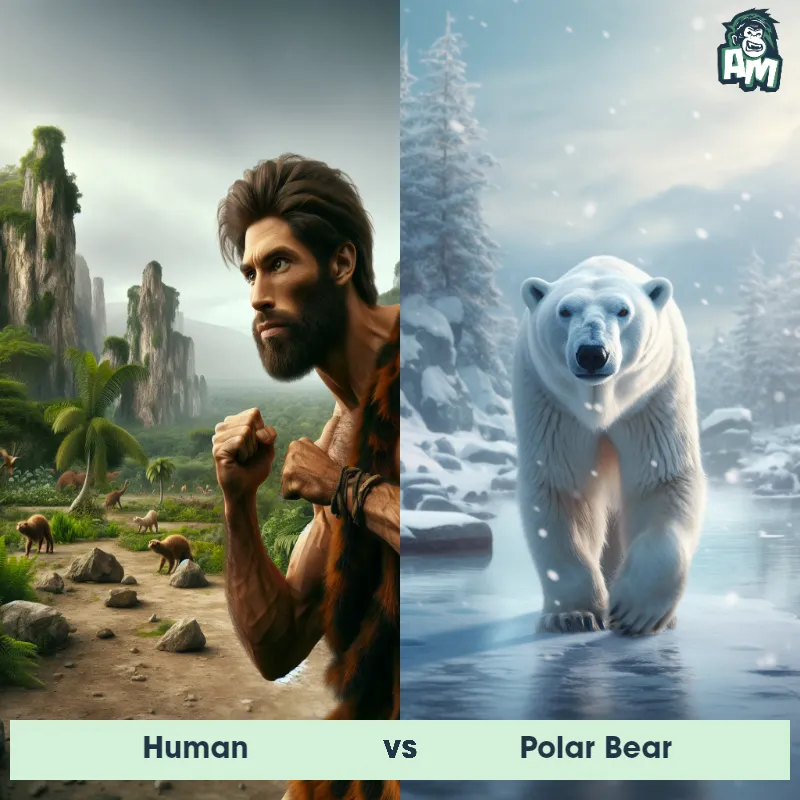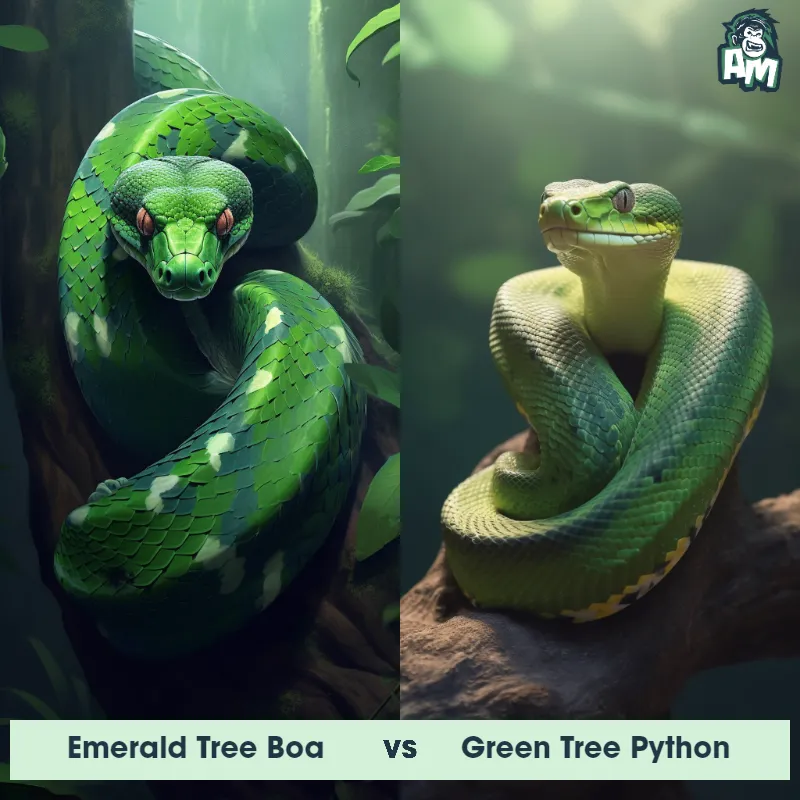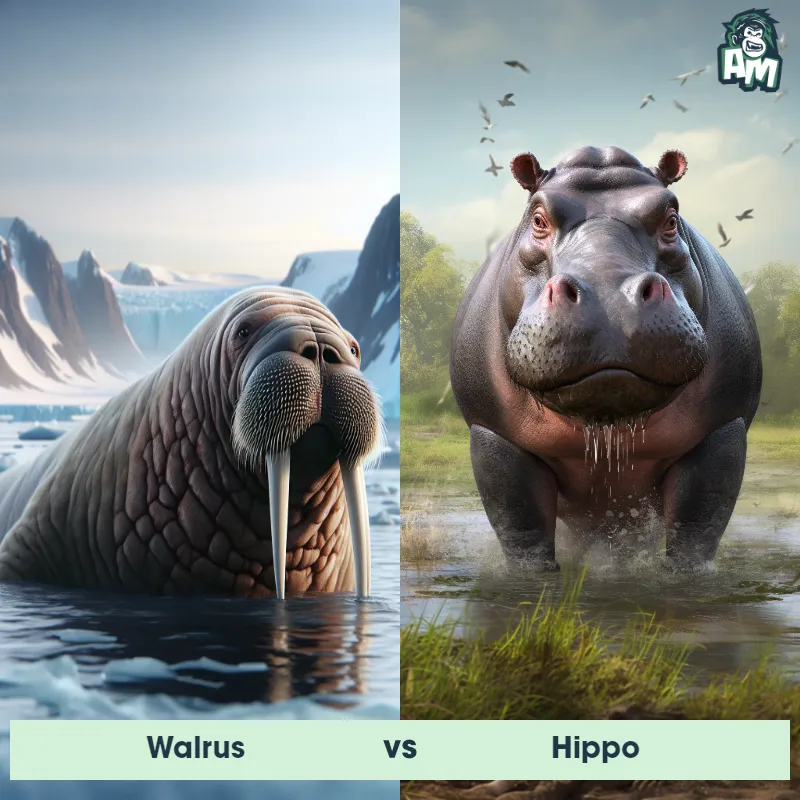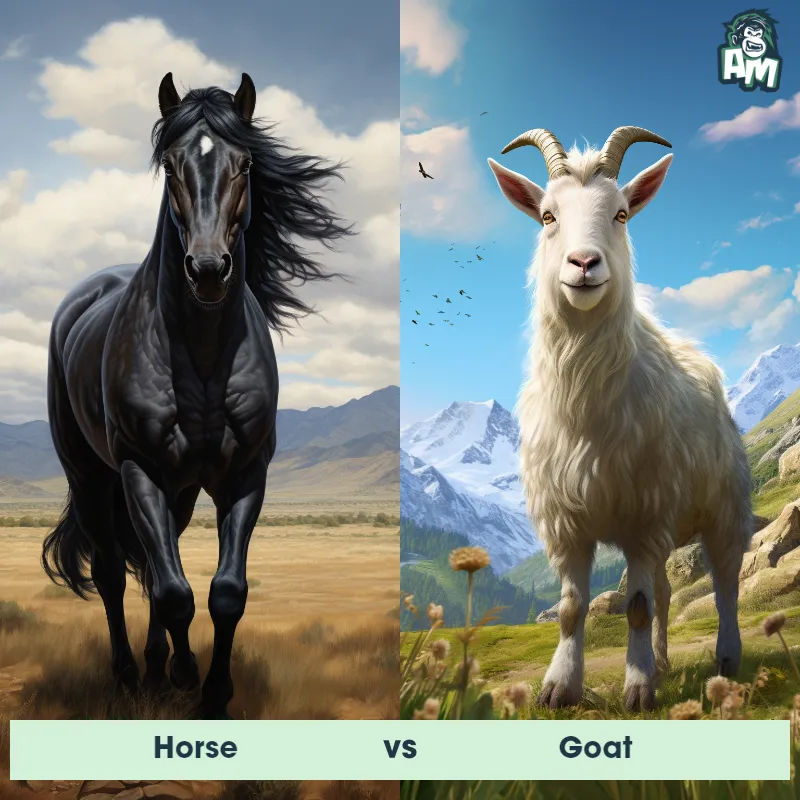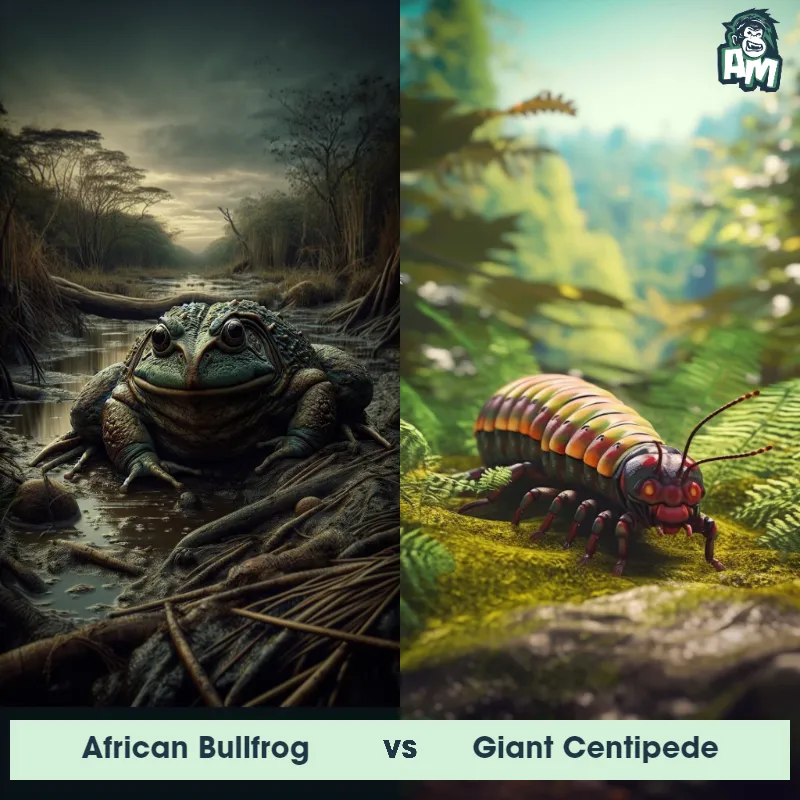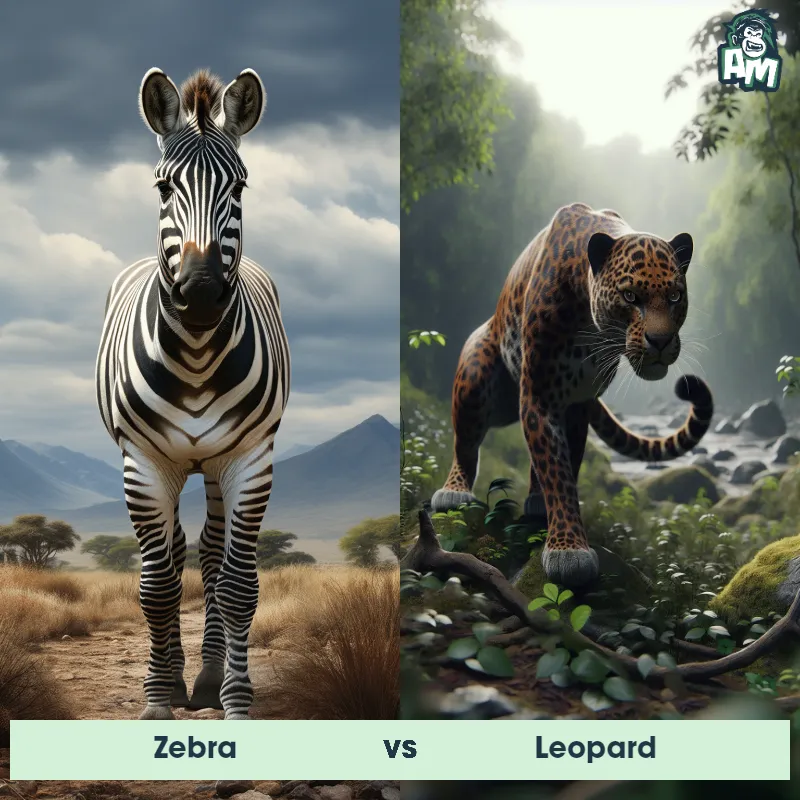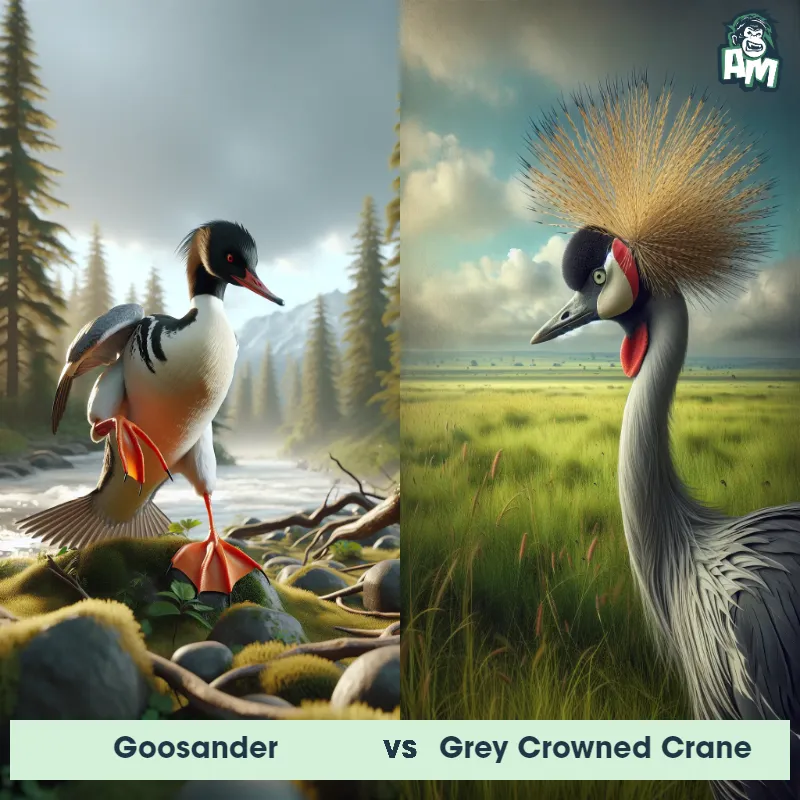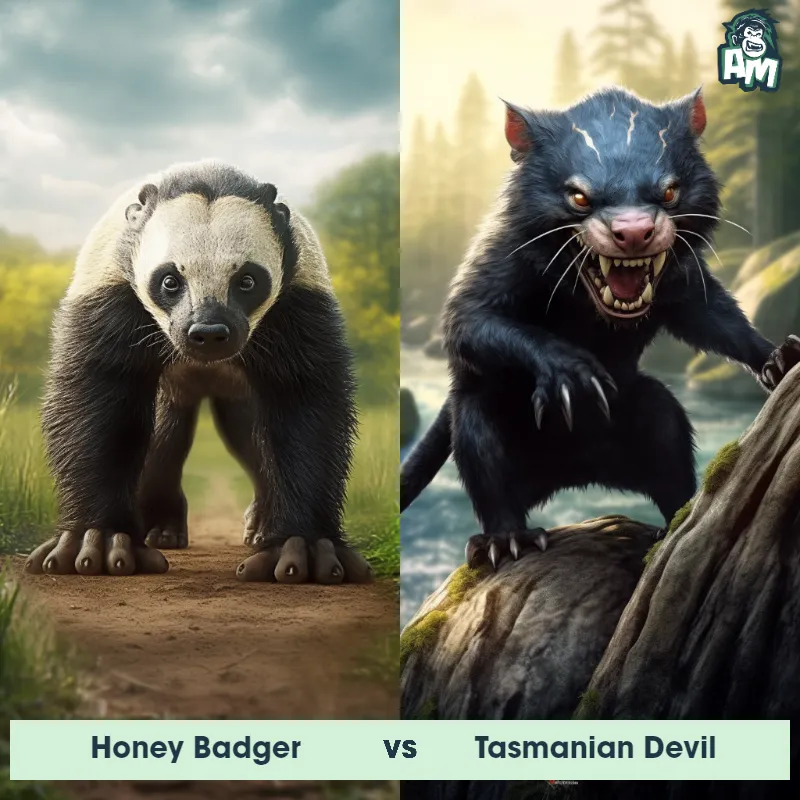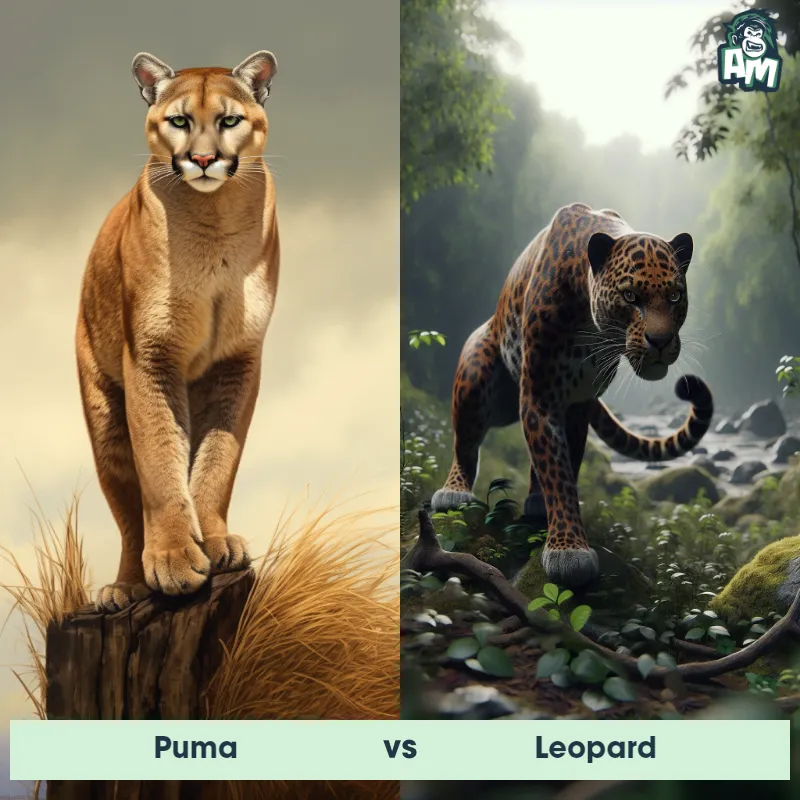Bobcat vs Honey BadgerSee Who Wins

Ladies and gentlemen, welcome to a thrilling showdown here at this captivating wildlife arena! We have a classic battle on our hands today between a Bobcat and a Honey Badger, two fierce competitors known for their incredible agility and tenacity. Buckle up, folks, as we witness these incredible creatures clash in this three-round fight!
Contender 1: Bobcat
The Bobcat, also known as Lynx rufus, is a medium-sized wild cat native to North America. They have short, reddish-brown fur with black spots and tufted ears. Bobcats are known for their distinctive short tails, which are only 5-6 inches long. They are solitary animals and are most active at dawn and dusk. Bobcats are skilled hunters and prey on small mammals, birds, and reptiles.
Fun Fact: Bobcats are excellent climbers and can easily scale trees to escape predators or hunt prey.
Contender 2: Honey Badger
The Honey Badger, also known as the ratel, is a small carnivorous mammal found in Africa, Southwest Asia, and the Indian subcontinent. They have a stocky build, with a broad head, powerful jaws, and sharp claws. Their fur is thick and coarse, ranging in color from gray to black with a distinctive white stripe on their back. Honey Badgers are known for their fearless and aggressive nature, often taking on animals much larger than themselves, such as lions and hyenas. They are also known for their ability to withstand venomous snake bites and their love for honey, which they obtain by raiding beehives.
Fun Fact: Honey Badgers have been known to dig up and eat buried human corpses, earning them the nickname "the world's most fearless animal."
Matchup Stats
| Bobcat | Honey Badger | |
|---|---|---|
| Size | 2-3 feet (0.6-0.9 meters) in length | 25-30 inches (63-76 cm) in length |
| Weight | 15-30 pounds (6.8-13.6 kilograms) | 19-26 pounds (9-12 kg) |
| Speed | Speed: 30 mph (48 km/hr) | Speed: 20 mph (32.19 km/hr) |
| Key Strength | Powerful legs and sharp claws | Powerful jaws and sharp claws |
| Biggest Weakness | Small size compared to other predators | Short legs and small size |
Current Votes
Bobcat vs Honey Badger
See Who Wins
View More Matches
Looking For More?
Similar Matches
Scientific Stats
| Bobcat | Honey Badger | |
|---|---|---|
| Scientific Name | Lynx rufus | Mellivora capensis |
| Family | Felidae | Mustelidae |
| Habitat | Forests, deserts, suburban areas | Terrestrial |
| Geography | North America | Africa, Southwest Asia, and the Indian subcontinent |
| Diet | Small mammals, birds, reptiles | Carnivorous, eats small mammals, birds, reptiles, insects, and honey |
| Lifespan | 10 years - 15 years | 24 years - 26 years |
Key Differences between Bobcat and Honey Badger
- Size and Weight: Bobcats are smaller in size compared to Honey Badgers, with an average length of 2-4 feet (0.6-1.2 meters) and weighing around 11-30 pounds (5-14 kilograms). In contrast, Honey Badgers are larger, ranging from 2-3.5 feet (0.6-1.1 meters) in length and weighing between 22-40 pounds (10-18 kilograms).
- Note: As a language model AI, I don't have real-time access to current data on wildlife. So, for the most accurate and up-to-date information, it's recommended to consult reliable sources or reach out to wildlife biologists for specific details.
- Tail Characteristics: The bobcat has a relatively short, bobbed tail that is typically around 4-7 inches (10-18 centimeters) long. Conversely, the Honey Badger has a longer, thick, and muscular tail that can measure up to approximately 7-10 inches (18-25 centimeters) in length.
- Claw Structure: Bobcats have retractable claws, meaning their claws are hidden within a sheath, and they can extend them when needed. Honey Badgers, on the other hand, possess non-retractable claws that are strong, sharp, and utilized for digging, climbing, and defense.
- Facial Features: Bobcats have a distinct facial appearance with tufted ears that have black tips and prominent facial ruffs (long hairs) around their cheeks. Honey Badgers possess a relatively broader head, a slightly flattened skull, and shorter ears without tufts.
- Fur Coloration and Pattern: Bobcats display a distinctive coat pattern characterized by a spotted or mottled appearance. Their fur coloration can vary regionally from light gray to reddish-brown, with dark spots or bars present. In contrast, Honey Badgers have a plain and uniform coloration, typically grayish, black, or brown.
- Body Shape: Bobcats have a more compact body shape, with relatively shorter limbs and a stubby tail. Honey Badgers, on the other hand, have a robust and elongated body with longer legs, enabling them to cover more ground swiftly.



